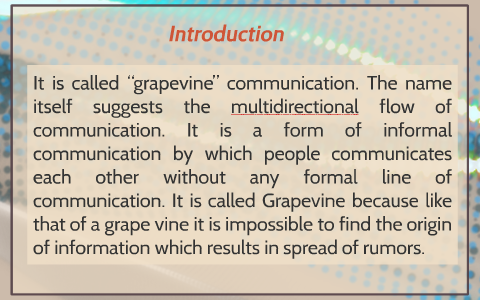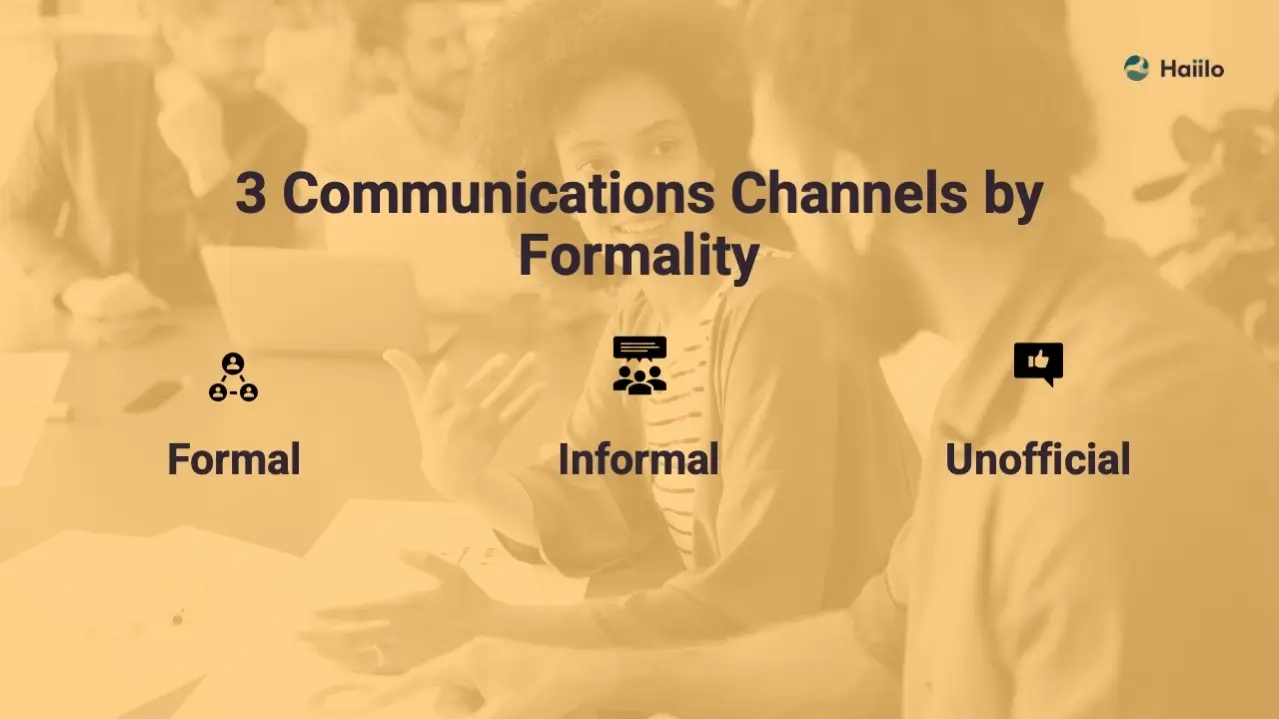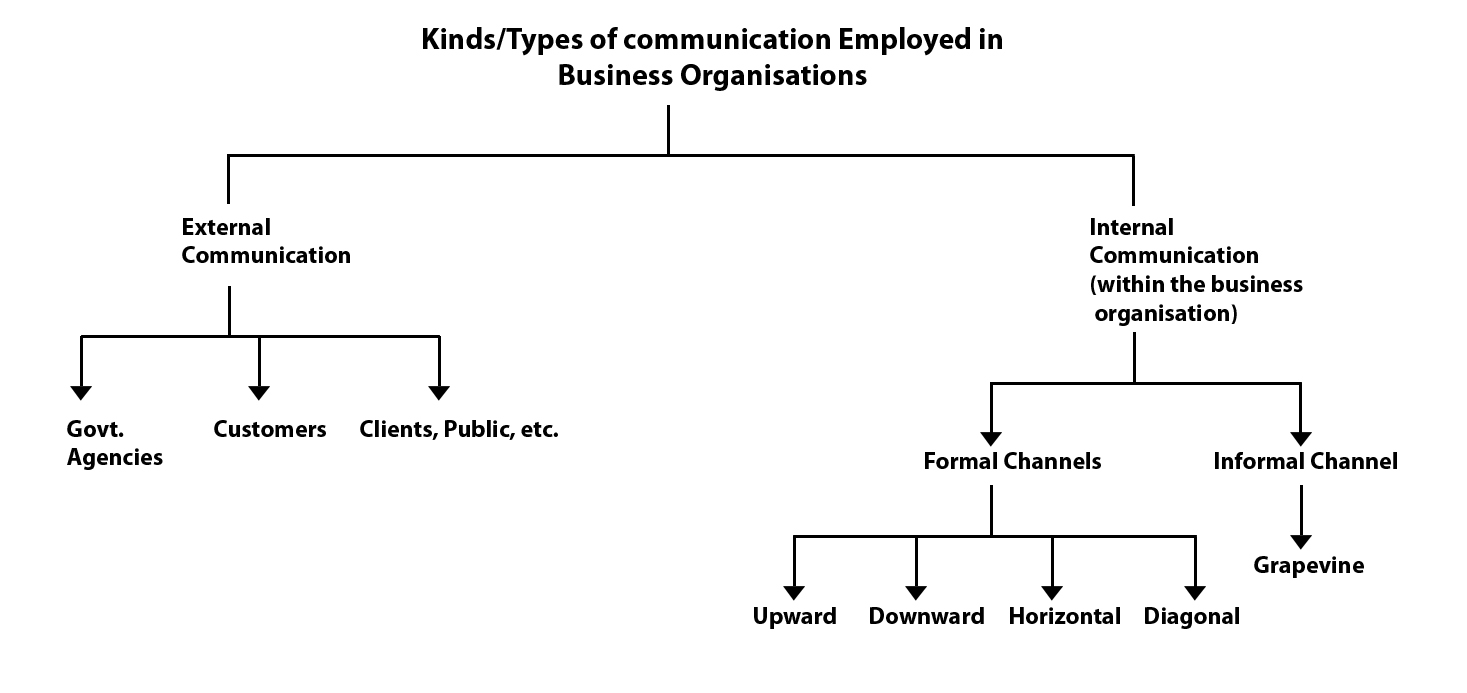Informal communication refers to the various forms of communication that take place within an organization outside of the formal channels of communication. It is often spontaneous, unplanned, and does not follow any predetermined rules or guidelines. Informal communication can take place through various forms, including verbal and nonverbal communication, as well as written and digital communication.
One common form of informal communication is verbal communication, which refers to the exchange of information through spoken words. This can take place through casual conversations, discussions, and even jokes or gossip. Verbal communication can be either face-to-face or over the phone, and it is often used to convey information, express opinions, or share feelings. Verbal communication is particularly useful in building relationships and creating a sense of community within an organization.
Nonverbal communication is another form of informal communication that refers to the exchange of information through body language, facial expressions, and other nonverbal cues. This can include gestures, posture, and eye contact, as well as tone of voice and facial expressions. Nonverbal communication is often used to convey emotions and attitudes, and it can be particularly powerful in conveying meaning and influence.
Written communication is another form of informal communication that can take place within an organization. This can include emails, text messages, and social media posts, as well as notes, memos, and other written materials. Written communication is often used to convey information, make requests, or share ideas, and it can be particularly useful in documenting conversations and decisions.
Digital communication is a more recent form of informal communication that has become increasingly popular in recent years. This can include communication through social media platforms, messaging apps, and other digital channels. Digital communication can be particularly useful for reaching a large audience quickly and efficiently, and it can be used to share information, ideas, and opinions with a wide range of people.
Overall, informal communication is an essential part of any organization, as it helps to facilitate the exchange of information and ideas, build relationships, and create a sense of community. While it is important to have formal channels of communication in place, informal communication is often more flexible and spontaneous, and it can help to create a sense of openness and collaboration within an organization.







